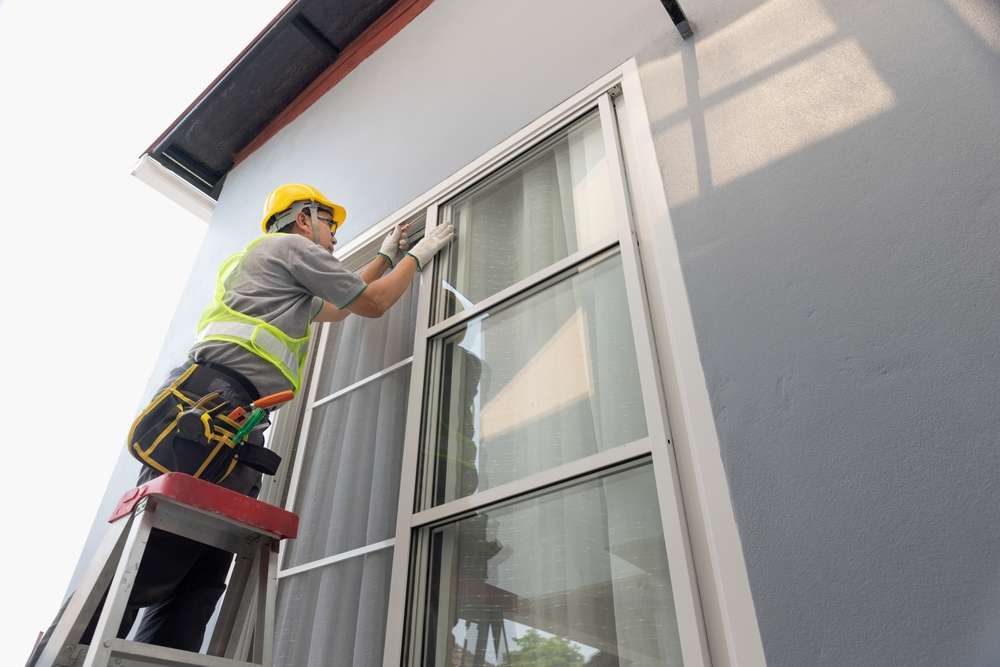Professional Window Replacement Services – Learn What’s Included Before You Book
When considering window replacement for your home, it's essential to understand what professional services typically include. From the initial assessment to the final installation, a full-service window replacement appointment involves several crucial steps. This article will guide you through the process, helping you make informed decisions and ensure a smooth, efficient upgrade to your home's windows.

What does a full-service window replacement appointment typically include?
A comprehensive window replacement service usually begins with a thorough assessment of your existing windows and frames. Professional installers will evaluate the condition of your current windows, measure the openings, and discuss your preferences for style, material, and energy efficiency. This initial consultation helps determine the best replacement options for your home and budget.
The full-service appointment typically includes:
-
Removal of old windows
-
Preparation of the window openings
-
Installation of new windows
-
Sealing and insulation
-
Clean-up and disposal of old materials
-
Final inspection and functionality check
How do trained installers assess existing frames and recommend solutions?
Experienced window installers conduct a detailed examination of your existing window frames to determine their condition and suitability for new windows. They look for signs of wear, damage, or decay that might affect the installation process or the performance of new windows. Key factors they consider include:
-
Structural integrity of the frame
-
Presence of moisture damage or rot
-
Alignment and squareness of the opening
-
Compatibility with desired window styles
Based on this assessment, installers may recommend full frame replacement, insert replacement, or suggest repairs to the existing frame before installation. Their expertise ensures that the new windows will fit properly and function optimally for years to come.
What are the steps involved in removing old windows and preparing for installation?
The removal process is a critical step in window replacement. Installers carefully remove the old windows to minimize damage to surrounding structures. This typically involves:
-
Removing interior and exterior trim
-
Detaching the window sash and frame
-
Cleaning the opening and checking for any hidden damage
-
Making necessary repairs to the frame or surrounding area
-
Applying new flashing or weatherproofing materials as needed
Proper preparation of the opening ensures a secure fit for the new window and helps prevent air and water infiltration.
How are energy-efficient replacements installed to maximize performance?
Installing energy-efficient windows requires precision and attention to detail. The process generally includes:
-
Carefully positioning the new window in the opening
-
Leveling and squaring the window
-
Securing the window with appropriate fasteners
-
Adding insulation around the frame to prevent air leaks
-
Sealing the window with caulk or weatherstripping
-
Reinstalling or replacing interior and exterior trim
Installers pay special attention to maintaining the window’s energy-efficient features, such as low-E coatings and gas fills, throughout the installation process.
What unique considerations should homeowners be aware of during window replacement?
When replacing windows, homeowners should be mindful of several factors that can impact the project’s success:
-
Local building codes and permit requirements
-
Historical preservation guidelines for older homes
-
Climate-specific window ratings (e.g., U-factor, Solar Heat Gain Coefficient)
-
Potential for uncovering hidden structural issues
-
Importance of proper ventilation during and after installation
-
Scheduling considerations, as some replacements may take multiple days
Understanding these factors can help homeowners prepare for the replacement process and ensure compliance with local regulations.
How do window replacement costs vary, and what factors influence pricing?
Window replacement costs can vary significantly based on several factors. To provide insight into typical pricing, here’s a comparison of common window types and their estimated costs:
| Window Type | Material | Average Cost per Window (Installed) |
|---|---|---|
| Double-Hung | Vinyl | $300 - $850 |
| Double-Hung | Wood | $600 - $1,500 |
| Casement | Vinyl | $400 - $1,000 |
| Casement | Wood | $700 - $1,800 |
| Bay Window | Vinyl | $1,500 - $3,500 |
| Bay Window | Wood | $2,500 - $6,000 |
Prices, rates, or cost estimates mentioned in this article are based on the latest available information but may change over time. Independent research is advised before making financial decisions.
Factors that influence window replacement costs include:
-
Window size and type
-
Frame material (vinyl, wood, fiberglass, aluminum)
-
Glass options (double-pane, triple-pane, low-E coatings)
-
Energy efficiency ratings
-
Labor costs in your area
-
Complexity of installation (e.g., custom sizes, difficult access)
It’s important to obtain multiple quotes from reputable installers to ensure you’re getting a fair price for the quality of windows and service provided.
In conclusion, professional window replacement services offer a comprehensive solution for upgrading your home’s windows. By understanding the process, from initial assessment to final installation, homeowners can make informed decisions and ensure a successful window replacement project. Remember to consider energy efficiency, local regulations, and long-term value when selecting new windows and installation services.




